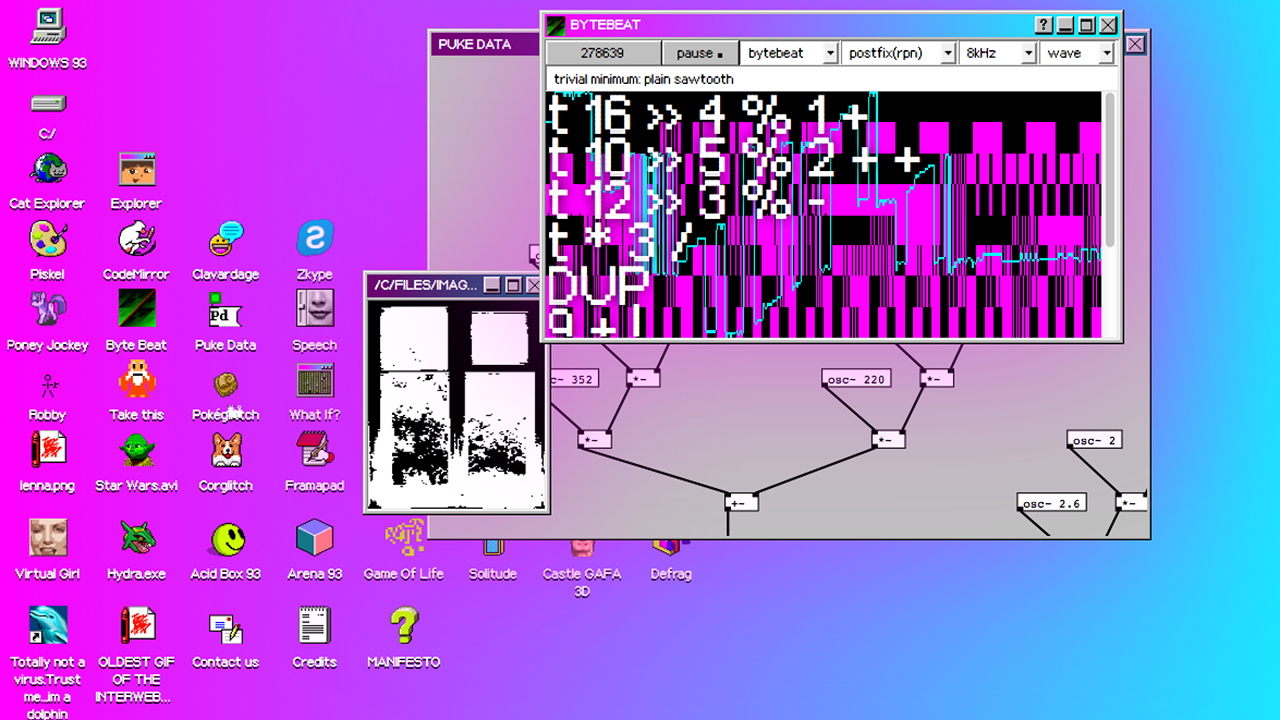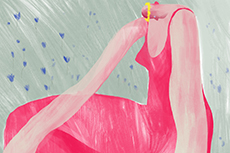Internet art, also known as net art, was conceived in the 90s when various artists realized the potential for internet sites to reach a global audience.
It became a medium for artists to create art using the internet itself as a tool in the project, as opposed to just a means for its display and distribution. The artists also realized that internet sites is a particularly powerful tool when it came to highlighting social and political issues.
Sending this message to the masses via the internet sites meant that they would circumvent the traditional political barriers which hindered distribution. To give you a brief introduction into the underground world of net art, we gathered several established net artists’ sites that unapologetically immerse you into the underground art world.

Olia Lialina
Olia Lialina is an accomplished internet artist, film critic and mother from Moscow, Russia. She was a pioneer in the world of Internet Art in the 90s. Her creations were praised for their use of complex and futuristic methods. Her first and most notable project, My Boyfriend Came Back from the War (1995), is an evocative masterpiece which allows the user to navigate their way through a black and white narrative wherein a young woman is reunited with her boyfriend upon his return from the war. The masterpiece website quest is still available on her site.
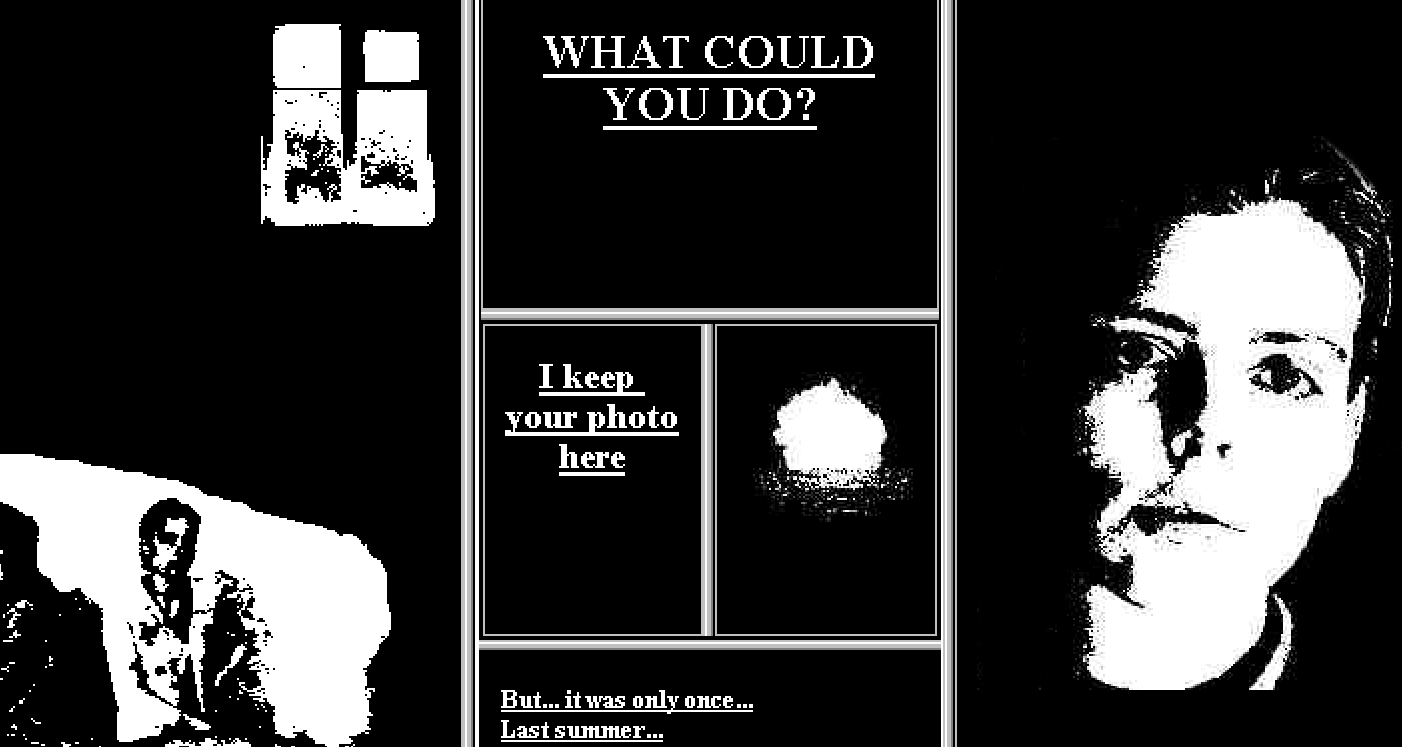
Ubermorgen
This duo was one of the early groups to mark its territory in the internet art scene. Whilst they’ve been at the center of the media’s attention on a number of occasions, they really stole the limelight with their Voteauction (2000), a satirical website that purported to enable voters to sell their Presidential election vote to the highest bidder. 13 US states took legal action against the group and a staggering 2,500 news media outlets reported on the developments.
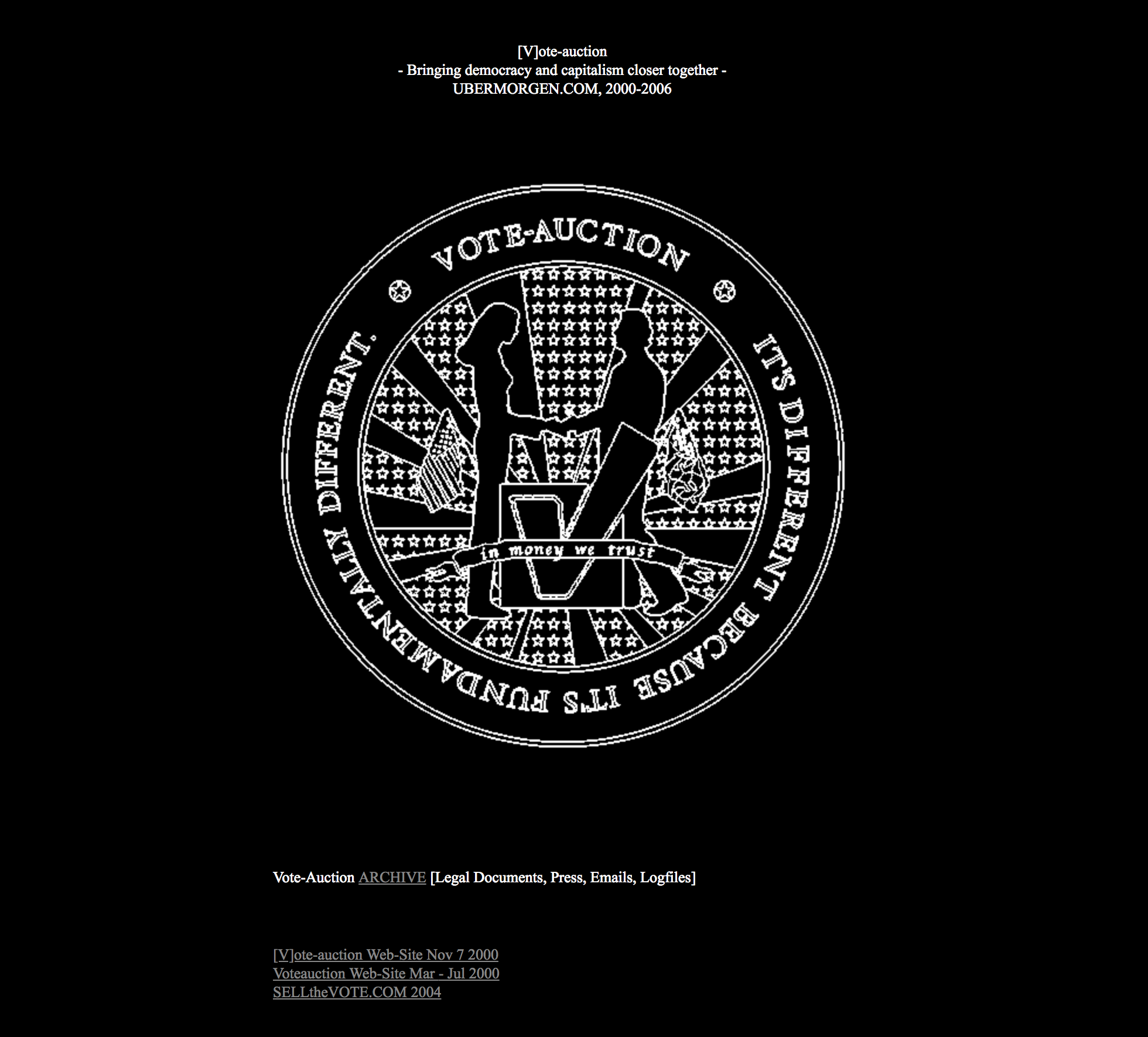
0100101110101101.org
Eva and Franco Mattes operate under the pseudonym 0100101110101101.org and have shocked the world more than once with their net art projects. Arguably their most famous work was the creation of Darko Maver, an “artist” who achieved cult status before being exposed as a fiction created by the duo. The fictional Maver “created” realistic scenes which featured atrocities in hotel rooms and empty houses across Yugoslavia. The sad reality is that the gruesome images published by Darko Maver were, in fact, real photographs of actual atrocities. The duo revealed the fiction in early 2000 and received a predictably mixed reception from the public about the project.


Vuk Cosic
Vuk Cosic has been described as the vanguard of net art and was certainly one of, if not the, most prominent figures in the net art scene in the 1990s. His ASCII History of Moving Images is a sight to behold. Essentially, he reimagined famous scenes and recreated them using ASCII code. The end result is an enrapturing visual experience where hazy green numbers transform into familiar movie scenes and other intriguing images.
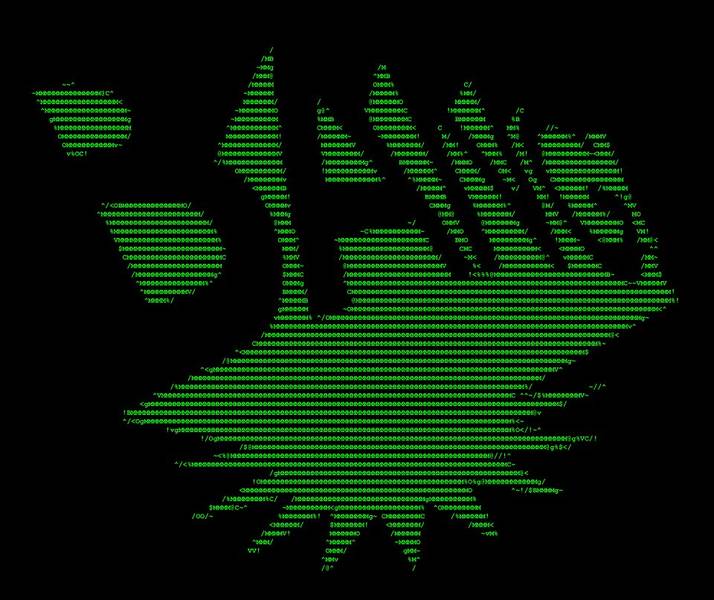

Jon Rafman
Jon Rafman is a renowned digital artist from Montreal, Canada. He has noted that the camera is utterly indifferent to what it is that it is capturing and his art explores the tension between this fact and the human tendency to search for meaning. In his 9 eyes project, the artist compiles thought-provoking images from searches within Google Earth. Some of the pictures are beautiful, others are terrifying, most leave the viewer desperate for an answer or explanation that is unlikely to be forthcoming.
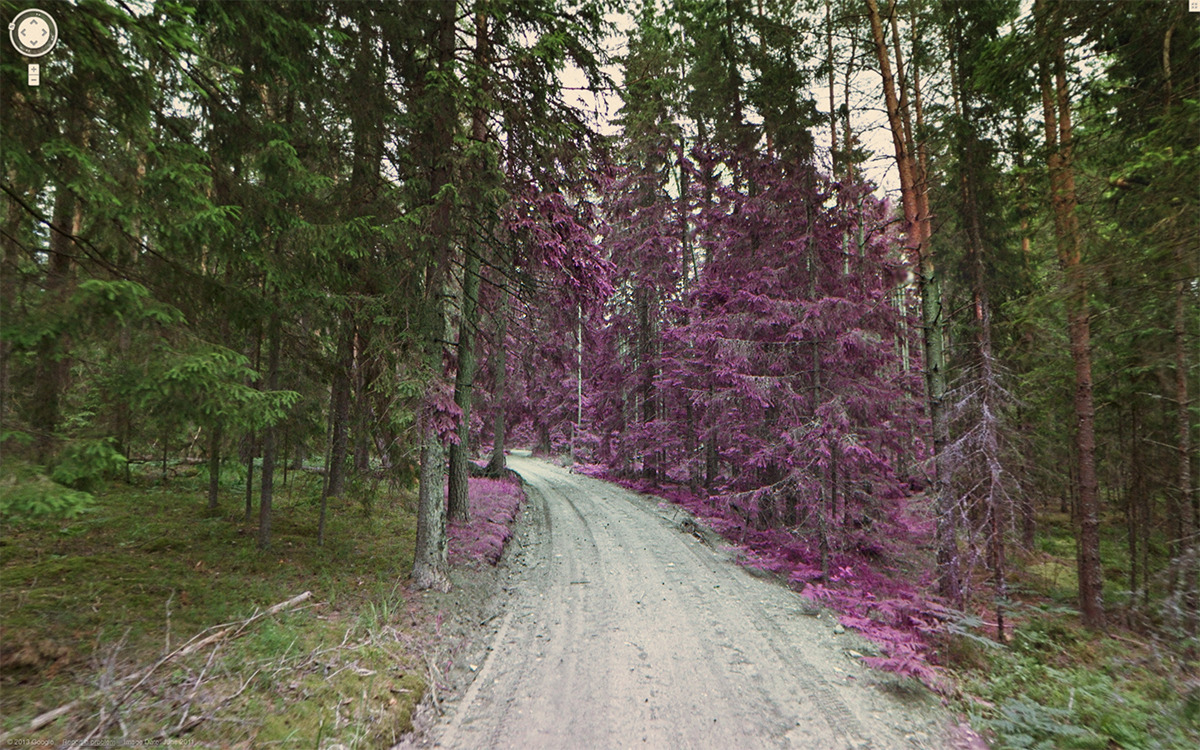
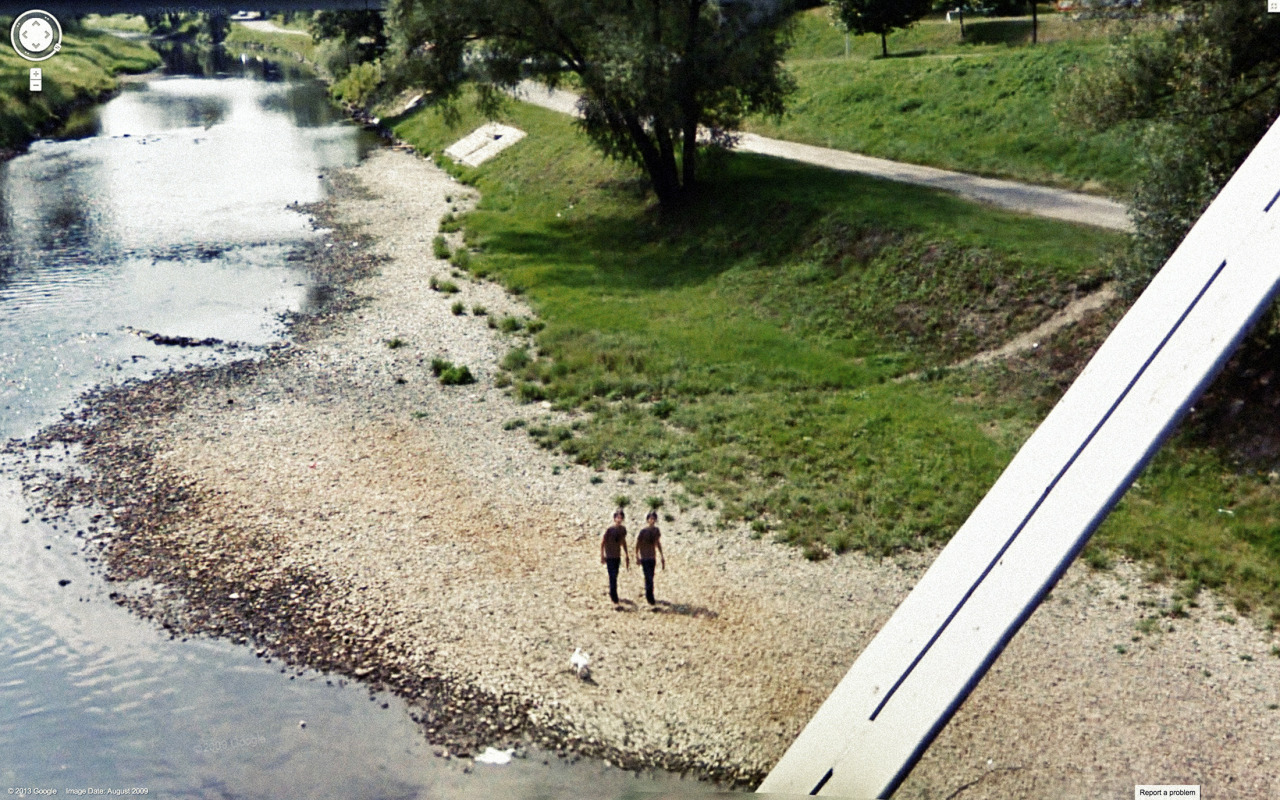

As you would expect with a technology based medium, the genre has evolved since the 90s. It has influenced glitch art, Tumblr aesthetics and vapourware and continues to be a source of inspiration for contemporary artists. One such artist has already made his way onto the .art domain! Perfeckt.art is a website by an anonymous author which has been retrofitted with zany images, streams of consciousness in the form of Notepad notes, and a glimpse into the artist’s (rad) taste in music. Scrolling through this site is as much of an adventure into the past as it is into the artist’s mind.
How will internet art evolve in the future? Will it remain the domain of manifestoes of the rebels, or will it become shiny and polished like the rest of contemporary internet culture? Time will tell.



